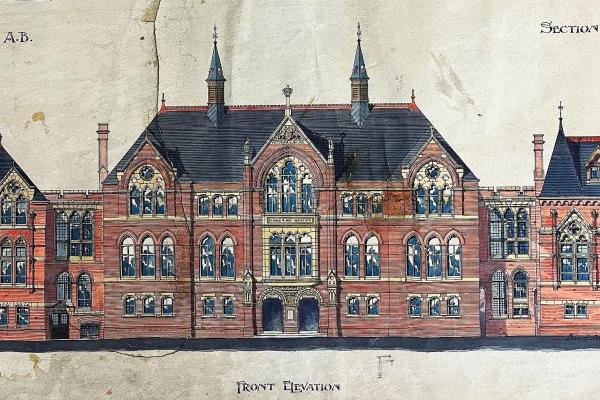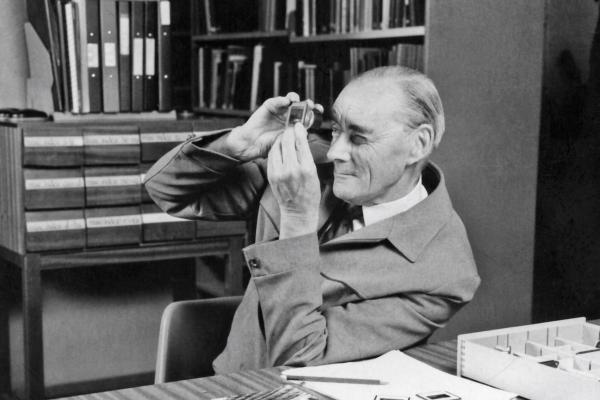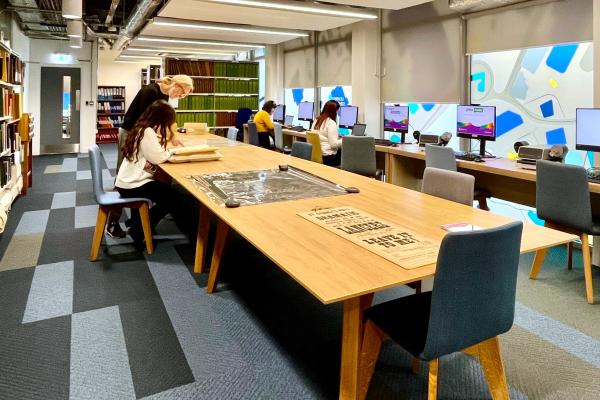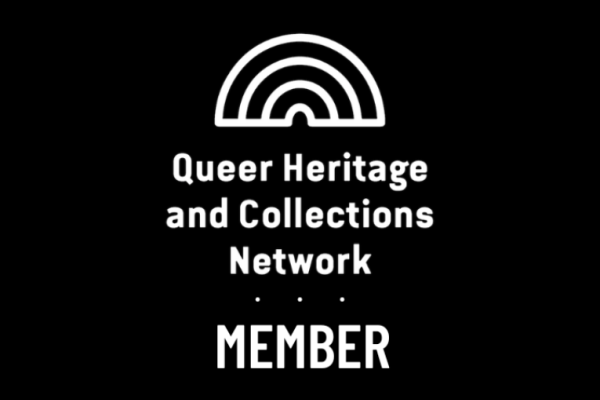Walsall Archives

Your visit to Walsall Archives
Opening times, fees and charges, and what to expect when you get here.

Research resources
Find census information, local history articles and church records for Walsall Borough.
Arrange a school visit
What to expect when you bring your class to the archives, including session plans and key stage information.
Walsall Archives is the dedicated archive and local studies service for the borough of Walsall. We hold, preserve and collect material that documents past and present life in the area.
Located at the Lichfield Street Hub, we’re committed to making these valuable resources available to the people of Walsall and beyond, ensuring that the rich history of our borough is accessible to all.
Follow us on social media
General Data Protection Regulations (GDPR)
Walsall Archives collects, processes and stores a wide range of information, including some personal details, in order to deliver our services efficiently. We are responsible for managing the information we hold and we recognise that this information is important to you. We take our responsibilities seriously and use personal information fairly, correctly and safely in line with the legal requirements set out by the GDPR. View Walsall Council's full privacy statement.
Contact information
Before contacting us, please check to see if we can answer your question from our online information.
Address:
Walsall Archives, Lichfield Street Hub, Lichfield Street, Walsall WS1 1TR
Phone:
Connect to a BSL interpreter
Available on demand Monday to Friday between 9am and 4:30pm

